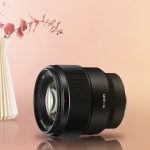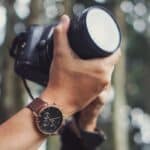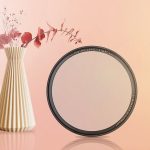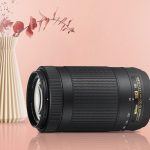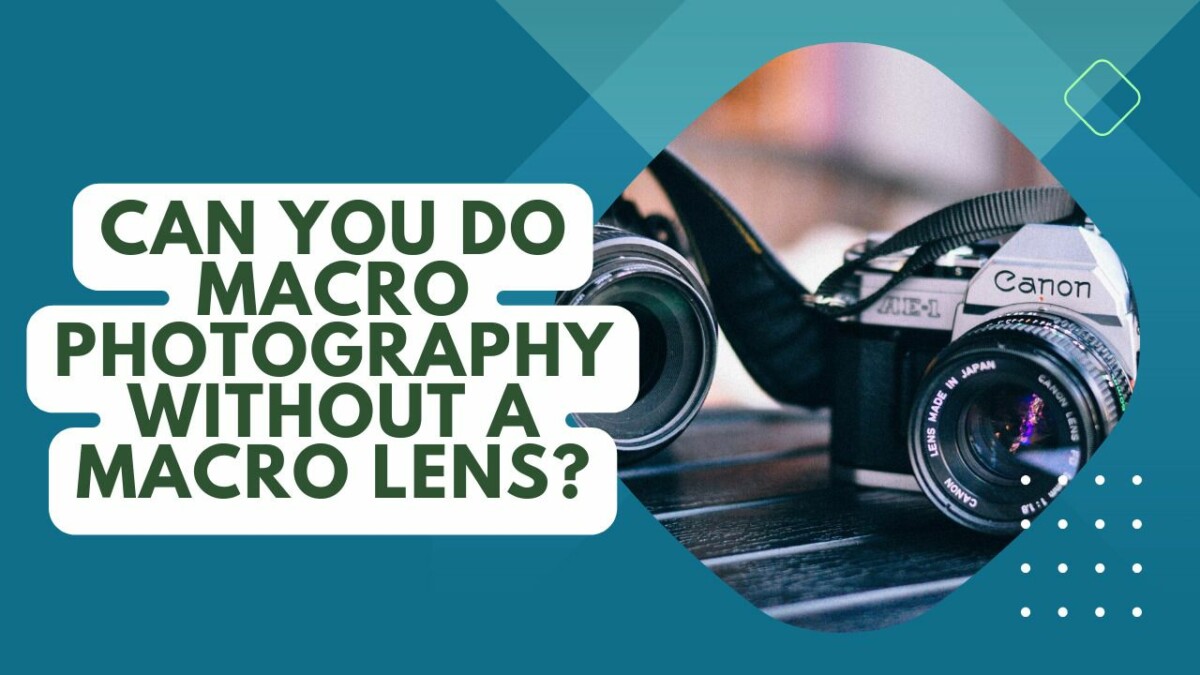 So, you’ve found your passion in macro photography, but you’re stuck without a macro lens? No stress! You’re about to learn how to rock those detailed close-ups without needing one.
So, you’ve found your passion in macro photography, but you’re stuck without a macro lens? No stress! You’re about to learn how to rock those detailed close-ups without needing one.
By using close-up filters, reversal rings, or extension tubes, you basically have the power to turn your everyday lens into a macro master.
We’re going to dive into the world of macro photography, weigh the benefits and downsides of each accessory, and guide you in picking the right gear for your creative voyage.
You game?
Can I Do Macro Photography Without a Macro Lens?
Absolutely! You can pull off macro photography without a dedicated macro lens if you use extension tubes, close-up filters, or try your hand at reverse lens techniques to achieve a close focus.
Before you jump headfirst into the whole macro photography scene without a macro lens, you’ve gotta nail down the basics. The first thing to get your head around is what exactly macro photography is. It’s more than just close-up shots, it’s about being able to capture those teeny-tiny details. But here’s the kicker, you don’t have to have a macro lens. You can also use things like close-up filters, reversal rings, or extension tubes.
Now, you might’ve heard the term ‘macro close’. It’s supposed to mean a 1:1 life-size capture, but people often get it twisted. Your regular lens has its limits, usually only focusing up to about 16′ to 18′. And don’t even get me started on image rendering. It’s not just about how sharp the image is, but also stuff like bokeh and transition areas.
Alternative Tools for Macro Photography: Close-Up Filters, Reversal Rings, and Extension Tubes
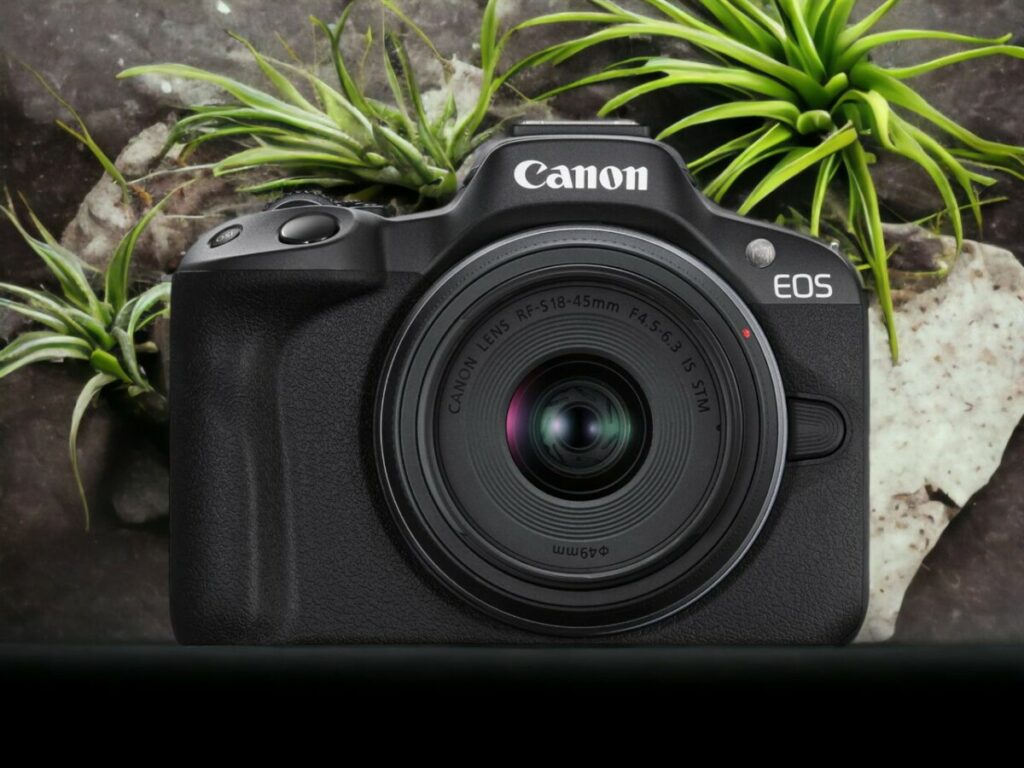
Guess what? You don’t actually need a macro lens to dive into the macro photography world. There are some pretty rad alternatives out there like close-up filters, reversal rings, and extension tubes.
Close-up filters are a sweet deal if you’re on a budget and want to get super close to your subject. The best part? They’re pretty much plug and play, no rocket science involved. But, they’re not perfect; you might notice a slight dip in image quality and focusing might be a bit of a pain.
Looking for something a bit more creative? You should totally check out reversal rings and extension tubes. Reversal rings are basically your lens’ version of a magnifying glass, giving your pics a unique vibe. Just watch out for those soft edges, though.
Extension tubes? They’re a bit pricier and might take some time to get the hang of, but they do offer better image quality and a whole lot more control. Worth it, if you ask me!
Diving Deeper: The Impact of Image Rendering in Macro Photography

Alright, let’s take a deep dive into how image rendering affects macro photography and why it’s a total game-changer for your photos. Remember, we’re not just talking about how crisp your pic is. It’s way more than that. We’re considering things like bokeh, that intense transition from what’s in focus to what’s not, and your own personal swag when it comes to rendering photos.
Here are some tricks and tips for macro photography:
- Bokeh isn’t just pretty. It adds another whole dimension to your shots.
- That shift from sharp to blurry? That’s what gives your photo depth, almost like it’s in 3D.
And let’s not forget about creative perspectives in macro photography:
- Don’t be scared to mix it up and try different rendering styles. That’s how you’ll find your own unique vibe and aesthetic.
- By understanding how image rendering influences your photos, you can make smarter choices about what gear to use.
Just think about it, the right piece of equipment can totally level up your rendering style and breathe new life into your macro photography. So, keep experimenting and keep learning!
Choosing the Right Accessories for Macro Photography Without a Macro Lens
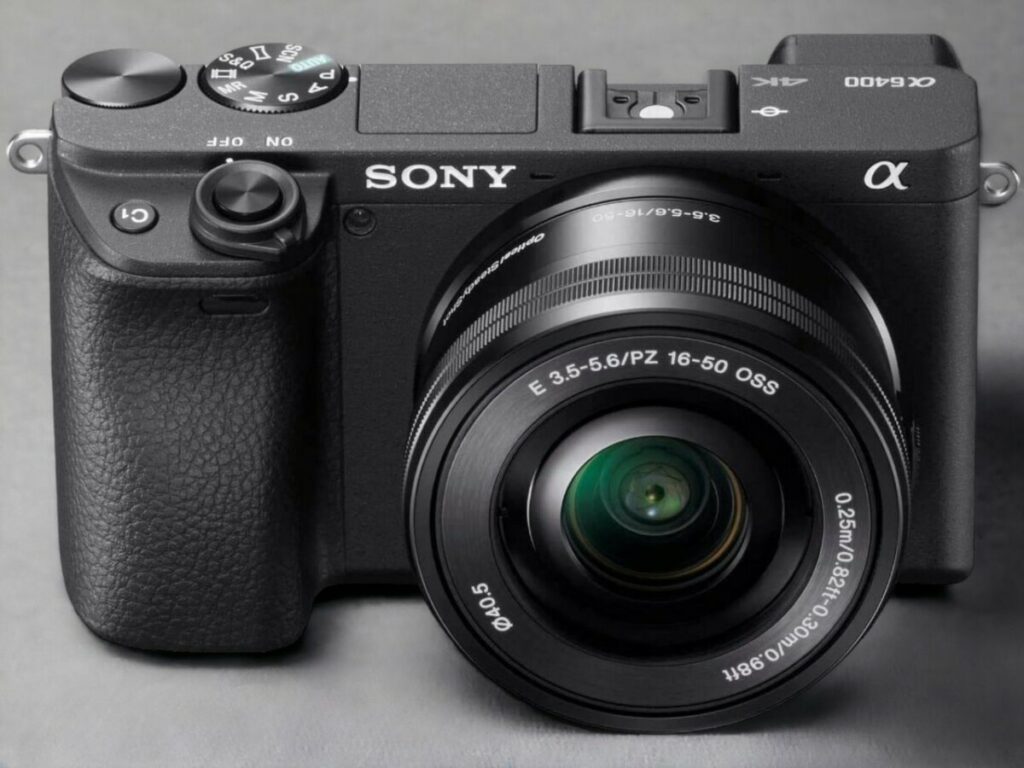
If you’re into macro photography but don’t have a dedicated macro lens, don’t sweat it. There are a bunch of rad accessories like close-up filters, reversal rings, and extension tubes that can do the trick. Pick the right one according to your vibe.
For instance, close-up filters are a game-changer when you’re trying to get up close and personal with your subject. They let you zoom in without needing a fancy lens. On the flip side, reversal rings can turn your lens into a super cool magnifier, helping you create some out-of-this-world, dreamlike images. They’re a bit offbeat, but that’s part of their charm.
Then there are extension tubes. They’re like the unsung heroes of macro photography. They up your image quality without adding any extra optics. A total win-win.
Now, if we’re talking pros and cons, filters and tubes are pretty versatile and compatible with more lenses. But if you’re after a unique, standout look, reversal rings are your best bet. They’ve a distinct visual signature that’s hard to beat.
At the end of the day, it’s all about what clicks with your style. So, weigh up these factors and go with what feels right. Remember, photography is all about capturing the world as you see it. So, whatever you choose, make sure it helps you do just that.
Tips for Maintaining Image Quality and Protecting Your Camera When Doing Macro Photography Without a Macro Lens
So, you’re diving into the fascinating realm of macro photography without a macro lens, right? Good on ya! Now, there are a few tricks and tips that’ll help you keep your photo quality top-notch and your camera in tip-top shape.
First things first, let’s talk about how to keep your shots looking sharp:
- Grab your trusty tripod. This bad boy will cut down on any unwanted shake and help you nail that perfect shot.
- Play around with your aperture settings. If you’re after a softer, more blurred look, go for a lower value like f/2.8. But if you want to capture all the nitty-gritty details, crank it up to a higher value like f/16.
Next up, keeping your camera in pristine condition:
- Consider investing in lens filters. These lifesavers will guard your lens against nasty scratches and pesky dirt.
- Be mindful of your environment when swapping lenses. Dusty or windy conditions can wreak havoc on your camera’s sensor.
Just remember, becoming a macro photography whiz without a macro lens isn’t going to happen overnight. It’s all about the journey, so take your time, practice, and most importantly, enjoy the process!
Diversifying Your Photography Skills and Earning Money Along the Way
So, you have dipped your toe in the vast world of photography and more specifically macro photography. Maybe you’re wondering if you can pull off the same quality results in other areas such as night photography without a tripod. Yeah sure, the challenge might seem a tad bit intense but believe me, it’s just as exhilarating as nailing that macro shot, only slightly more demanding. But hey, every great artist thrives in adversity, right?
And now let’s talk money. They say if you do what you love, you won’t have to work a day in your life. Ain’t that the truth? Photography isn’t just about passion though. As much as we love capturing those blissful, fleeting moments, we all gotta pay the bills. And heck, why not make a profit from what you genuinely enjoy doing?
Ever contemplated making some money from landscape photography? You see, there’s a huge market out there just waiting to pay for those stunning sweeping vista shots. In addition, from a personal perspective, it’s a really rewarding experience to create and share beauty through your lens. Similar to macro, each landscape tells a story. And luckily, this is a story people are willing to buy.
But wait, we aren’t done just yet! If you are more into creatures than sceneries, there’s money to be made there too. Why not give it a try and earn some money from wildlife photography ? Again, it’s not just about the cash, it’s about the thrill of capturing that perfect shot of a wild creature in its natural habitat. Not to mention, it’s an unbeatable way to connect with mother nature while stacking that paper.

Wedding Photographer
From nature to urban landscapes, my camera is my tool for expressing my creativity and telling stories through my lens.
